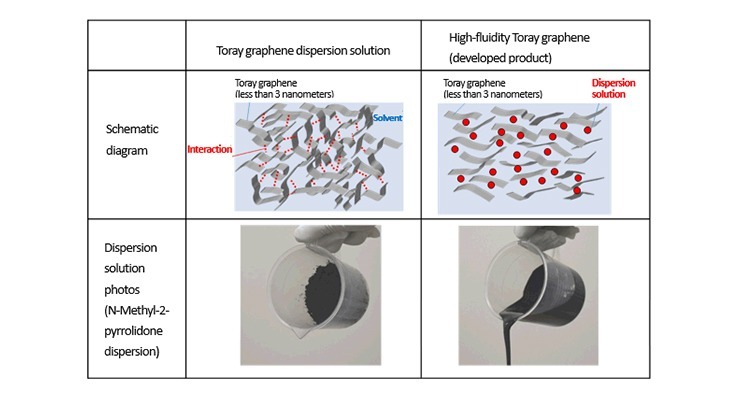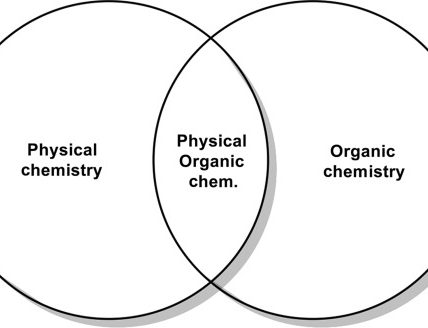Chemical properties are the distinctive traits that define how a substance interacts with other elements or compounds. These properties play a crucial role in determining the behavior and applications of various substances. This article takes you on a journey through the world of chemical properties, shedding light on characteristics like flammability, reactivity, solubility, and more. From understanding the implications of these properties to their significance in diverse industries, we explore the dynamic nature of substances at the molecular level.
1. Chemical vs. Physical Properties: Unveiling Distinctions
Chemical properties describe how substances undergo chemical reactions and transformations, while physical properties pertain to observable characteristics like color, density, and state.
2. Flammability: A Combustible Affair
Flammability is a chemical property that determines a substance’s propensity to catch fire and burn when exposed to a flame or heat source.
3. Reactivity: Dance of the Elements
Reactivity gauges how readily a substance engages in chemical reactions, potentially leading to the formation of new compounds.
4. Solubility: Dissolving in the Dance
Solubility reflects a substance’s ability to dissolve in a particular solvent, providing valuable insights into its potential applications.
5. Toxicity: Navigating Hazardous Territories
Toxicity assesses the potential harm a substance may pose to living organisms, influencing considerations in industrial, environmental, and pharmaceutical contexts.
6. Stability: Striving for Equilibrium
Stability refers to a substance’s ability to maintain its chemical composition and resist decomposition or degradation over time.
7. Conductivity: Pathways for Charge Flow
Conductivity measures a substance’s ability to allow the flow of an electric current, a property crucial in fields from electronics to materials science.
8. Corrosivity: A Slow but Steady Transformation
Corrosivity indicates a substance’s capacity to erode or degrade materials through chemical reactions, particularly in industrial settings.
9. Chemical Behavior in Nature: Earth’s Laboratory
Chemical properties shape natural processes, influencing everything from the behavior of minerals to the reactions occurring in living organisms.
10. Industry Applications: Harnessing Properties
Understanding and manipulating chemical properties are paramount in industries ranging from manufacturing and pharmaceuticals to environmental protection and beyond.
11. The Future of Chemical Properties: Innovations and Insights
Ongoing research continues to expand our understanding of chemical properties, leading to new discoveries and applications in various scientific and industrial domains.
In Conclusion: The Dance of Molecules
Chemical properties underpin the behavior and interactions of substances, influencing everything from industrial processes to biological systems. By delving into these unique traits, scientists and engineers unlock new avenues for innovation and discovery, propelling progress in countless fields.
In Conclusion:
Chemical properties underpin the behavior and interactions of substances, influencing everything from industrial processes to biological systems. By delving into these unique traits, scientists and engineers unlock new avenues for innovation and discovery, propelling progress in countless fields.











